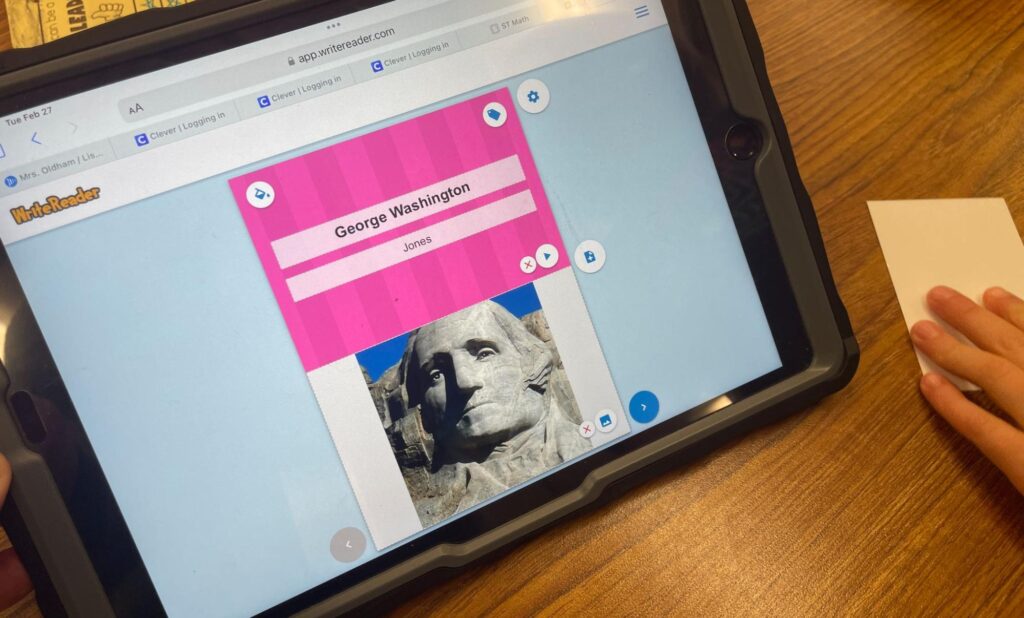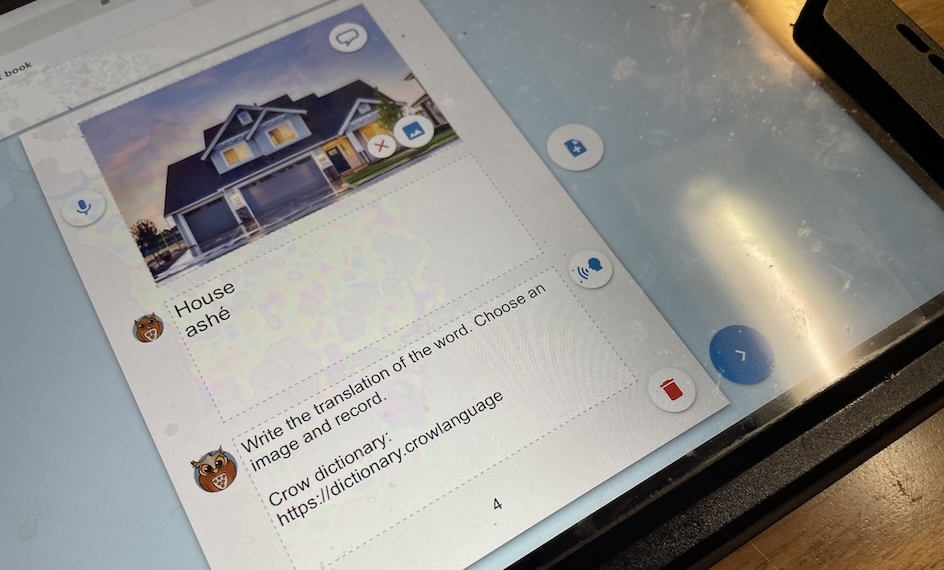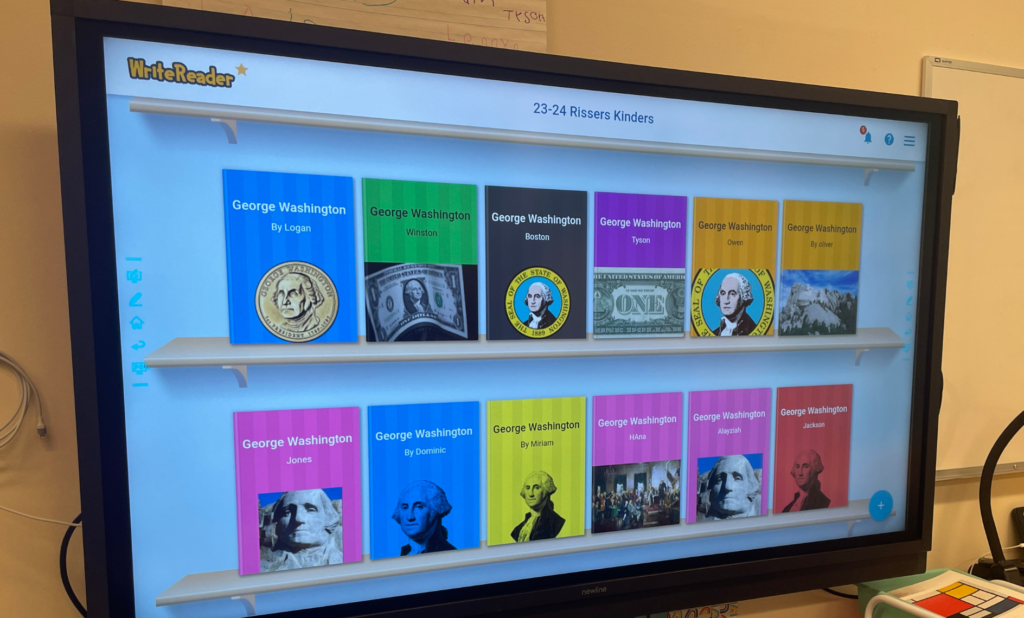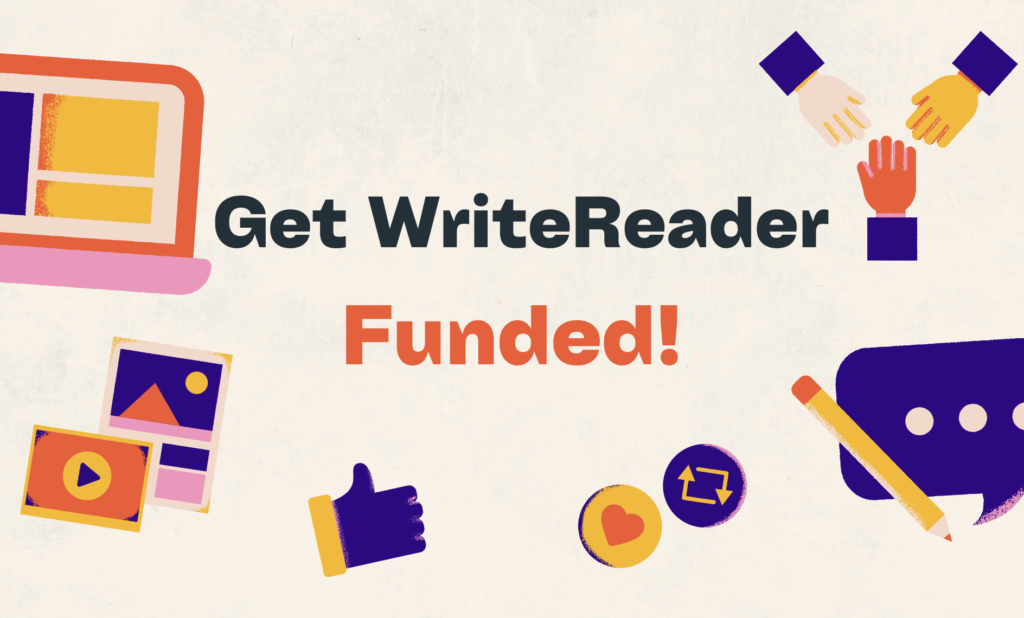Blog
Make Writing Fun & Engaging with WriteReader’s Multi-Sensory Learning Approach
My class has been using the WriteReader tool for the past three years. At the start, I used it to make writing fun and motivate my students who needed a
Preserve Indigenous Language with Dictionaries in WriteReader
After reading the powerful story Stolen Words, by Melanie Florence, to 2nd graders, we wanted to create an opportunity for students to discover, hear, and interact with indigenous languages. WriteReader
Celebrate Ramadan, Faith, and Writing with WriteReader
The holy month of Ramadan is perfect for encouraging young students to reflect upon diverse beliefs and traditions, and celebrate Ramadan, their culture, faith, and writing. With WriteReader, students have
WriteReader: A Scalable and Cost-Effective Solution for Literacy Development
Years of research have made one thing abundantly clear: children learn more when they are passionate about the subject matter. With WriteReader, they achieve this by creating and sharing their
Get Your WriteReader Premium Subscription Funded
In the world of education, resources are key. But sometimes, those resources need a little help from the community. That’s where DonorsChoose comes in. This amazing platform allows educators to
Spread Love with Creative Valentine’s Day Writing Ideas
Valentine’s Day is almost here, and love is in the air! One of our favorite songs of all time likens love to “an open door,” which is really true! Love






